In the Jones-directed “The Three Burials of Melquiades Estrada,” his character therein also takes a journey to bury someone because he promised to.
In “The Homesman,” Jone’s 2014 directorial effort, his character carts three insane women across Nebraska in a covered wagon. Take a wild guess why.
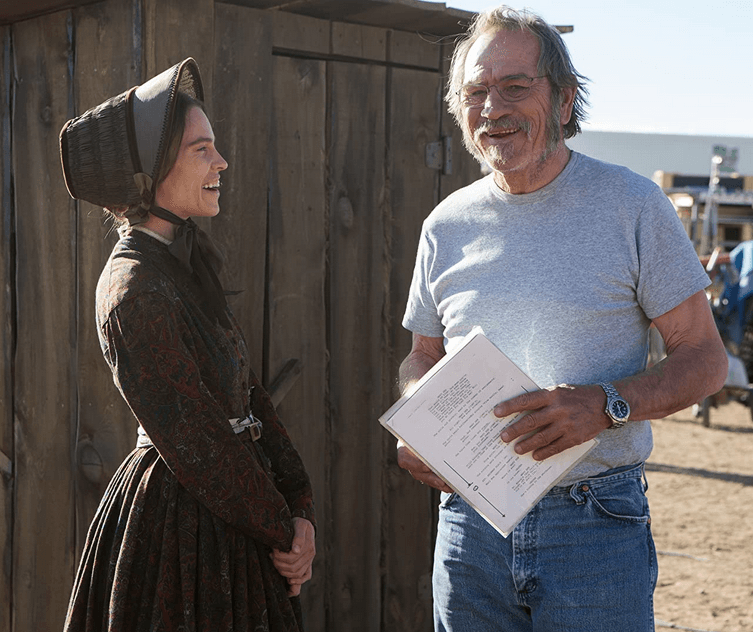
That’s a fair portion of Tommy Lee’s life dedicated to telling stories about schlepping and carting various types of incapacitated people long distances through the Wild West, because he promised to.
What’s significant about that particular motif? We'll come back to it.
SUBHED
Mary Bee Cuddy (Hilary Swank) is a 31-year-old single woman living in 1800s Nebraska. She does okay for herself, tilling her own land. It makes for an arresting tableau: plowshare, oxen, billowing skirt, bonnet. Frontierswomen were awesome.
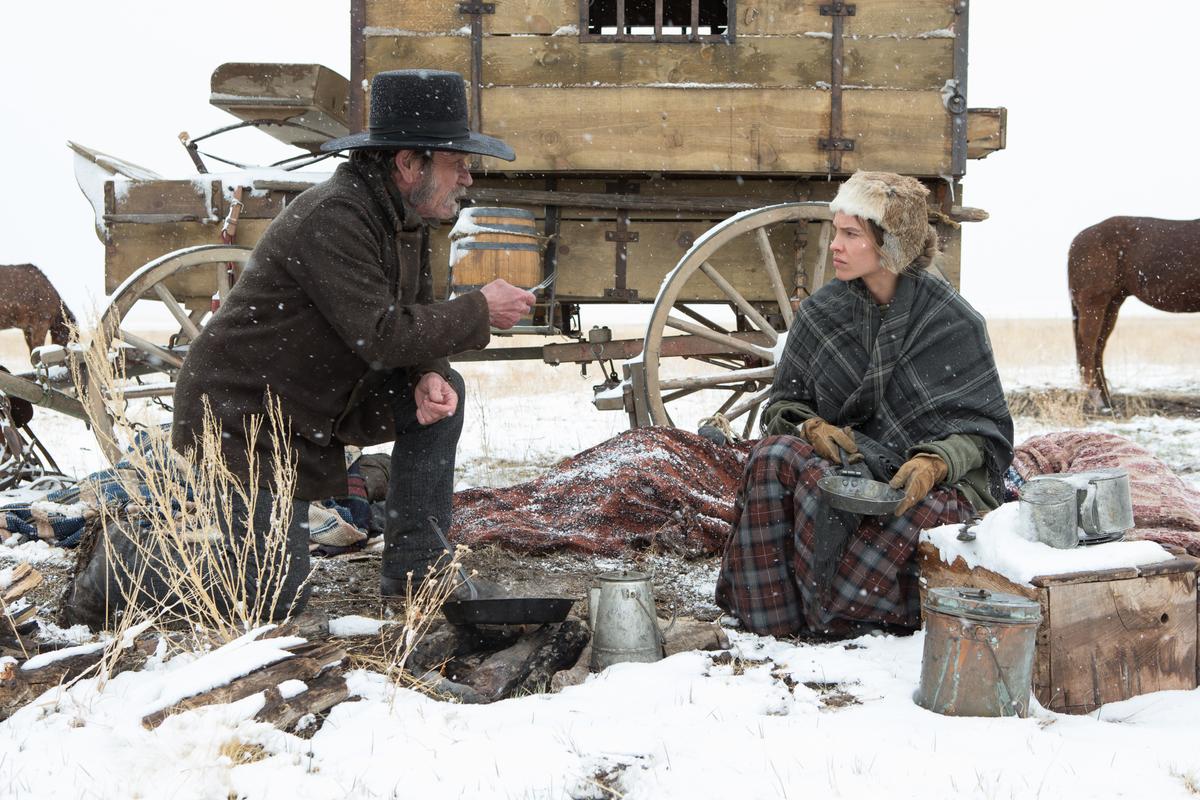
She can’t catch a break husband-wise, though. Nobody wants her because she’s “plain as an old tin pail. And bossy.” She’s pretty desperate. She has a man over to dinner and immediately proposes to him. He’s not having it. We get the sense she’s done this before. Well, the community respects her anyhow.
But this casting is immediately problematic. A-list Hollywood knockout Hilary Swank, and “old tin pail,” shouldn’t exist in the same sentence, regardless of the lengths the lighting designer went toward uglifying her.
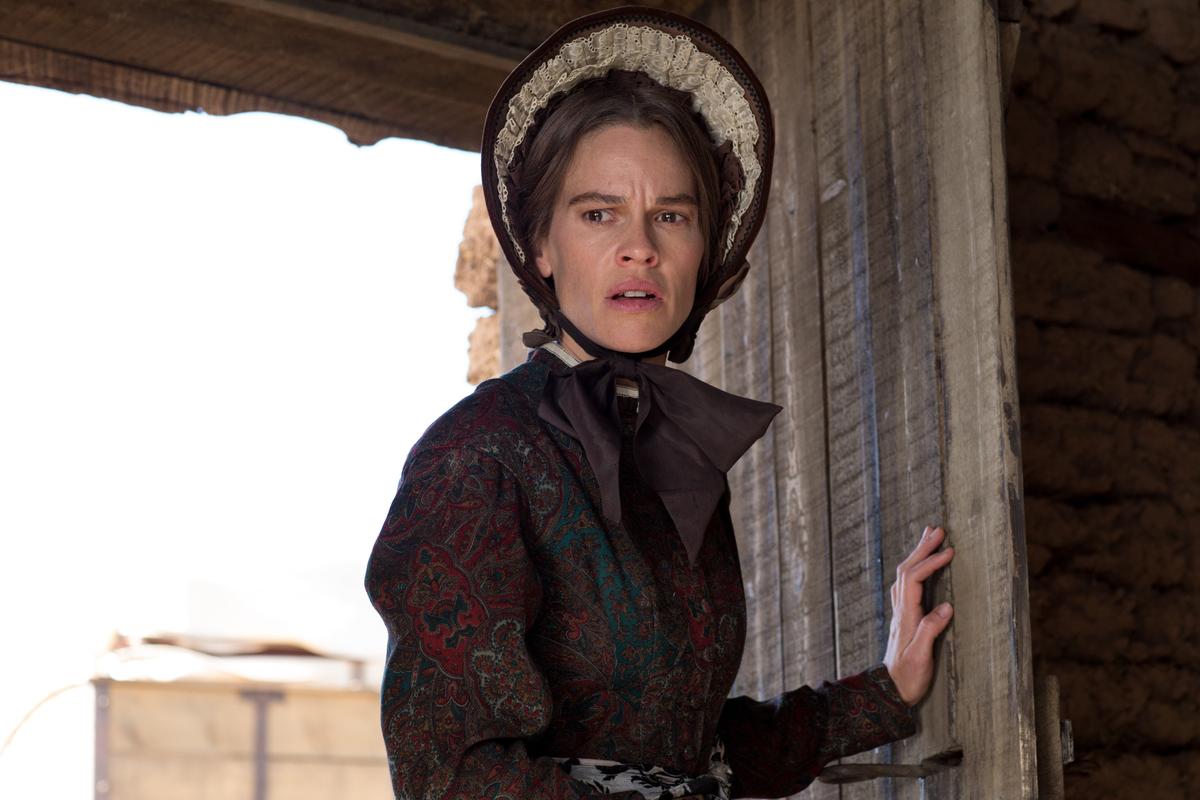
Anyway, three young women in Mary’s community lose their minds to what was euphemistically known as “prairie madness,” but which in these instances specifically involved unabated grief due to infanticide via outhouse toilet, spousal rape, diphtheria, and self-mutilation by sewing needle.
Agoraphobia, loneliness, fear of murderous tribes, spousal rape, along with the inherent prairie hardships of drought, blizzards, locusts, rattlesnakes, black widows, etc., blew a lot of women’s minds out, back in the day.
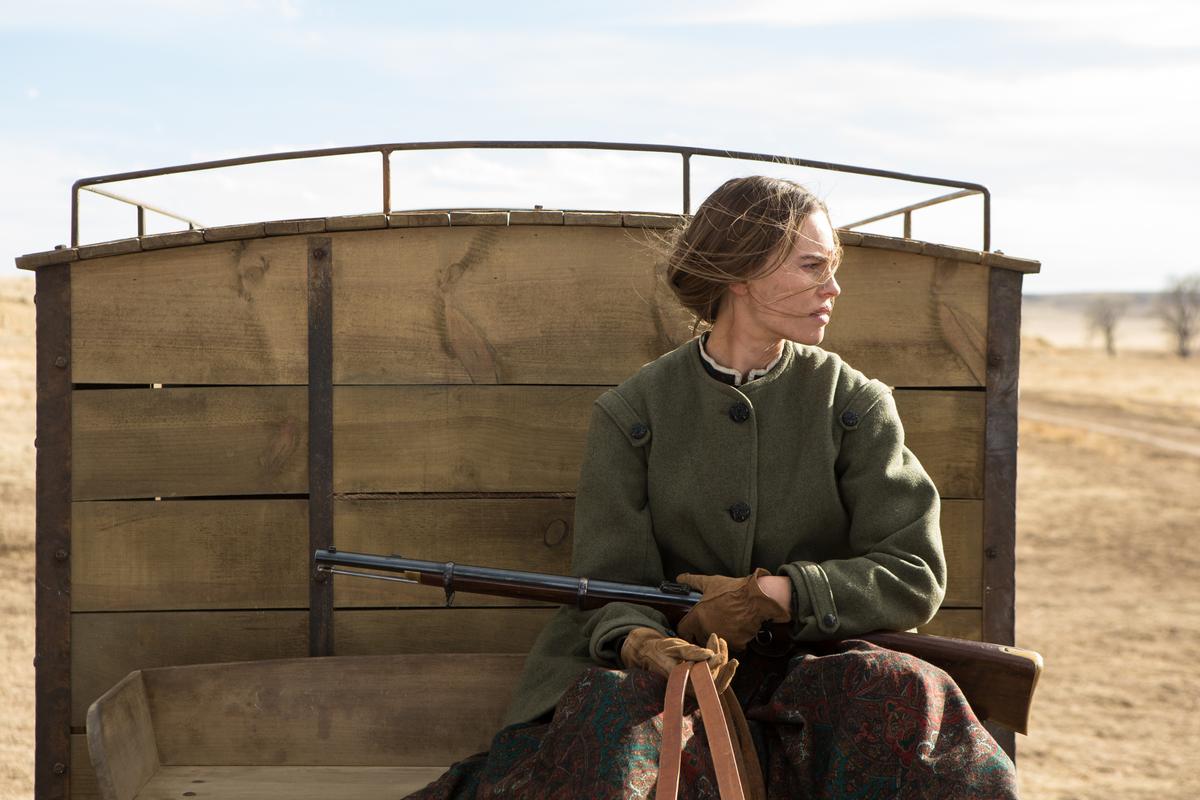
The local priest (John Lithgow) arranges to have the women transported to a parsonage in Iowa. Mary Bee volunteers to take them, since these women’s husbands constitute a loser-collective.
Meanwhile, army deserter and claim jumper George Briggs (Tommy Lee Jones) gets somewhat hilariously dynamited out of his stolen house, and horse-lynched (that’s where you get tied to your horse, which eventually gets hungry and wanders off from the hanging-tree).
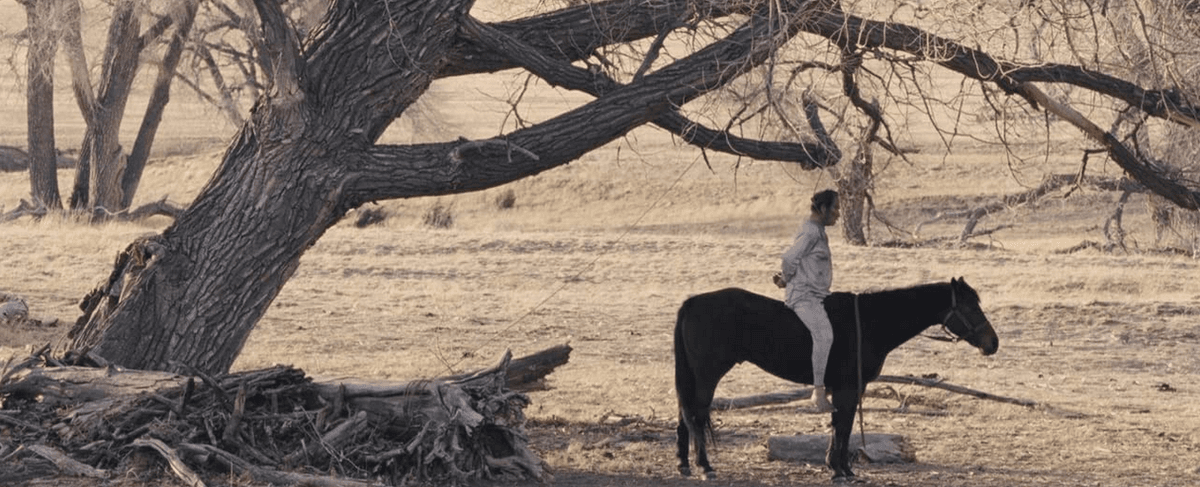
Mary Bee happens by before George’s horse gets hungry, and cuts him loose under the condition that he accompany her and her rolling loony-bin, to Iowa.
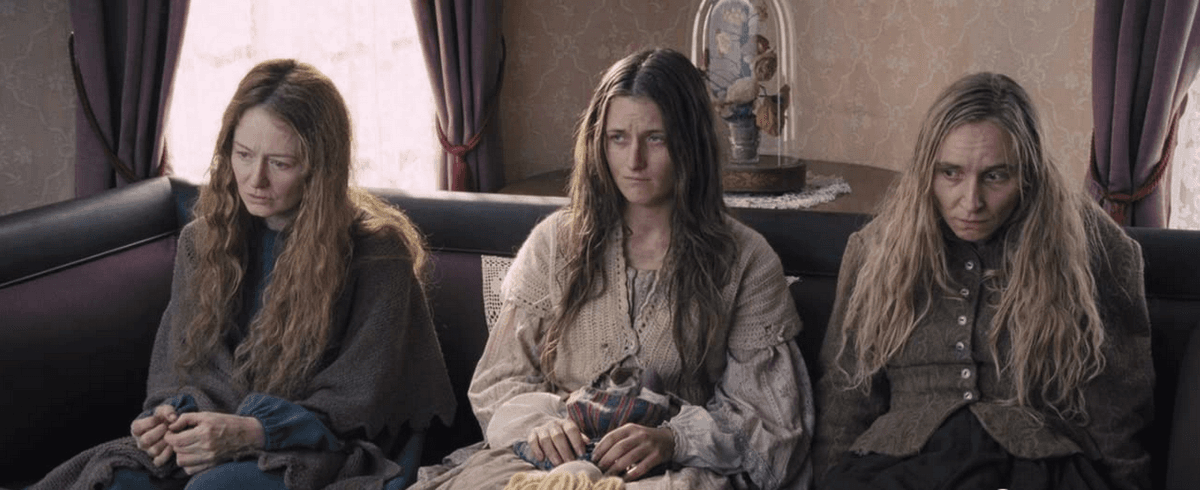
Off they go, with a flapping clothesline, strung between a shovel and an axe, on the roof. Talk about your long, strange trips. And there was much wailing, gnashing of teeth, and headbanging. A veritable cargo of madness.
Mostly, though, it’s a tedious journey of tremendous hardship, through endless burnt sienna, raw umber, and muted yellow ochre flatlands.
Toward the end, they discover a little girl’s desecrated grave, which Mary insists on restoring, and which results in her getting lost, freezing, and attempting to eat frozen prairie grass.
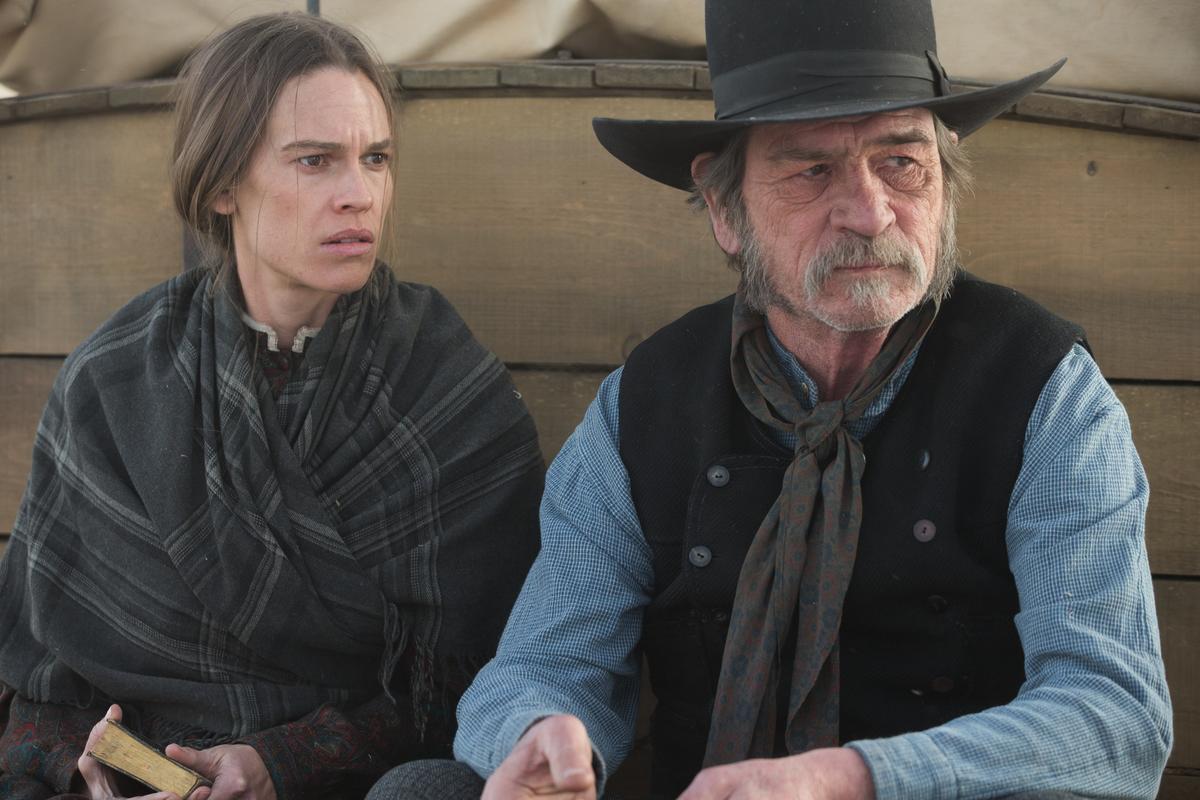
She eventually catches up with George and the wagon, but the ordeal has shattered something in her. After one last plea to George for the comfort of companionship (which he rejects), we finally witness the hellhounds on her lonely trail close in.
- In 1862, in Nebraska, you could pay ten dollars and get yourself 160 acres of land.
- Pioneer life was rough—you might have had to live in a man-made cave called a “dug-out” with an old blanket for a door.
- Prairie fires were serious business; they destroyed crops, buildings, and towns.
- Native-American tribes included the Oto, Pawnee, Dakota, Iowa, Cheyenne, Ponca, and Omaha.
- And after the Civil War, many former slaves settled in central and western Nebraska.
- In 1854, President Franklin Pierce officially opened Nebraska Territory to whites.
- Thousands of settlers crossed Nebraska, en route to Oregon and California. Some stayed and operated truckstop-like “road ranches” along the covered wagon trails. Most were abandoned when the railroads came.
- Blizzards, drought, and locust plagues were also major problems. Plenty of pioneers got discouraged and quit Nebraska.
Promises
But it’s not really about the incredible harshness of pioneer life in the West. It’s about Tommy Lee’s ongoing homage to keeping one’s word. Diane Lane’s character in “Lonesome Dove” calls into question the hyper-masculine, unbending aspect of it, that easily loses sight of reality and jeopardizes human (often feminine) needs in the here and now, due to cocked-up notions of honor.Setting out on journeys with do-or-die, all-or-none, male versions of keeping one’s word is admirable, if arguably not always the best entertainment choice. Tommy Lee’s built his career on it. This one’s got some dark humor, and it can be good to get perspective on just how nice we have it today, but make sure you’re in the mood for a getting a few laughs by way of some grim suffering.
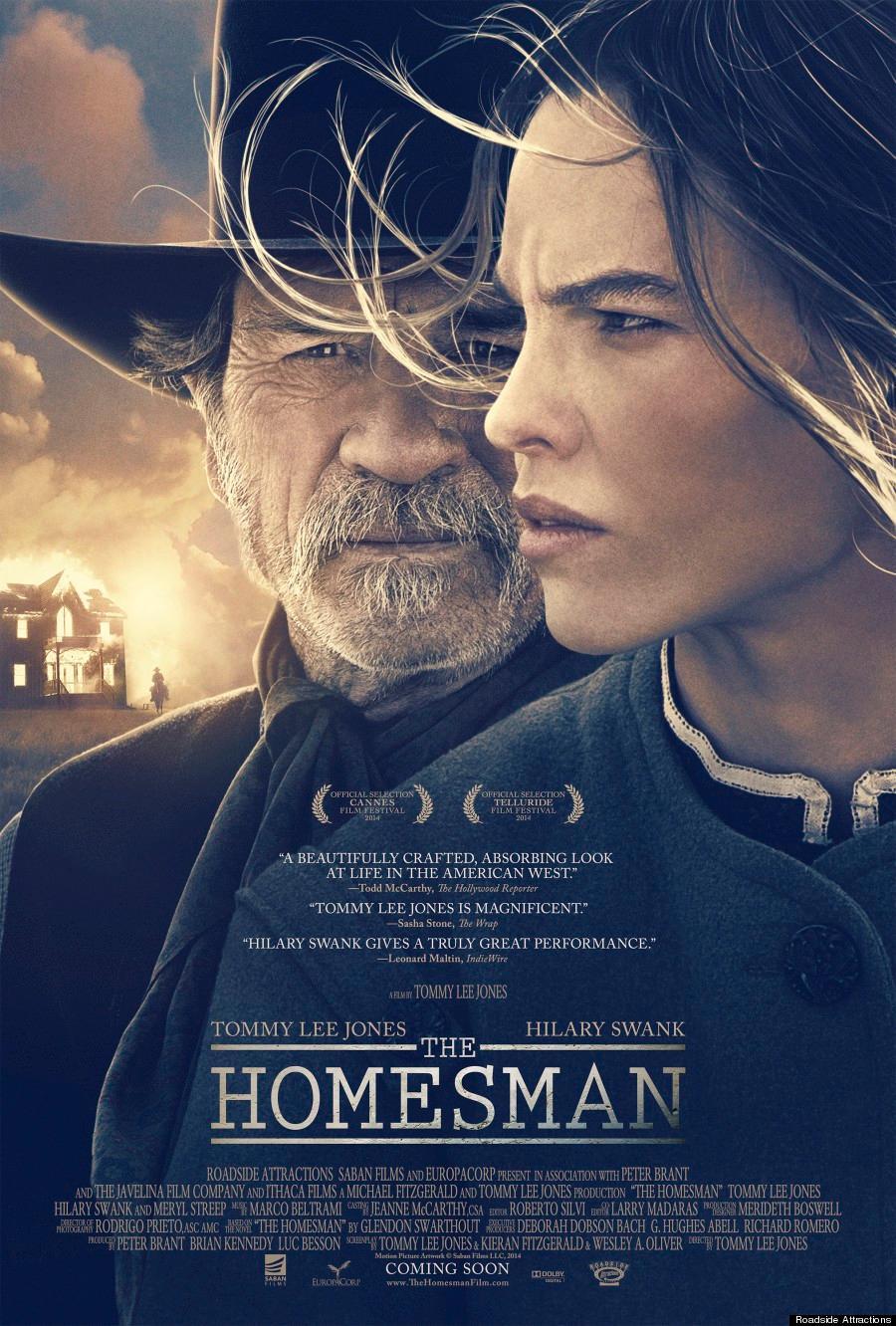

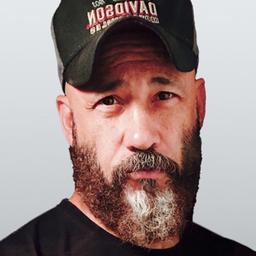
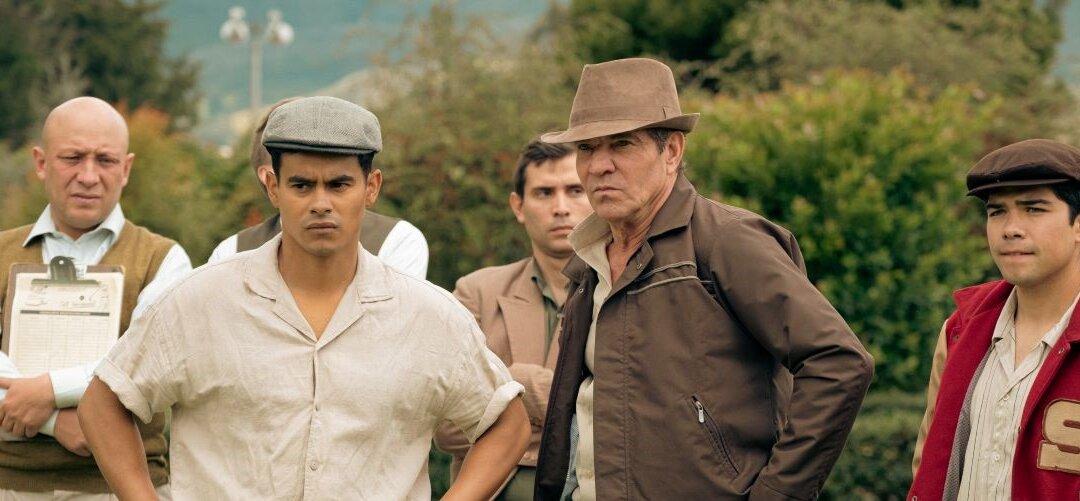
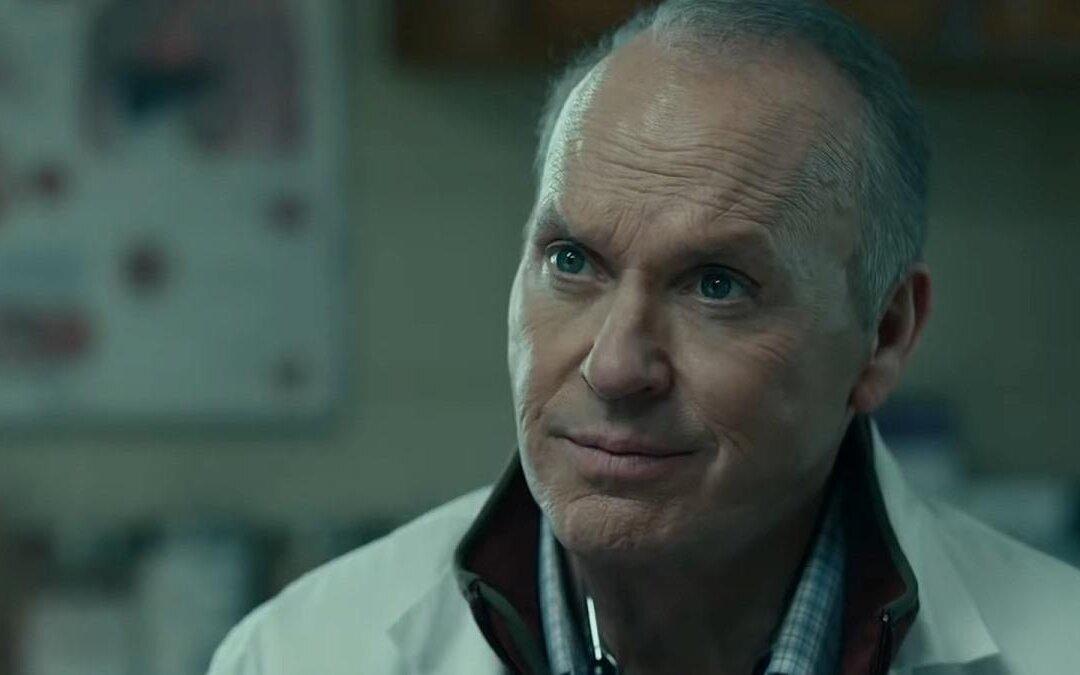

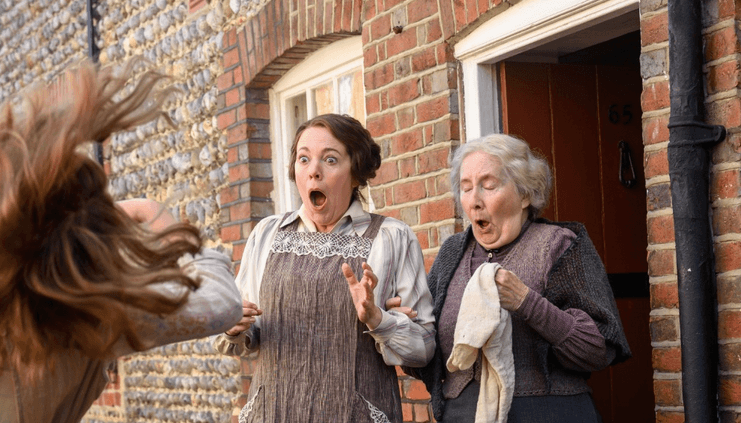
Friends Read Free